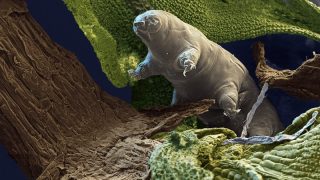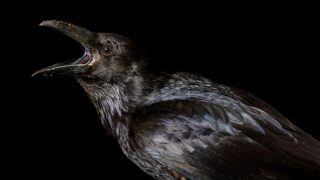
MI weekly selection #245
CRISPR edits genes in pigs to make organs safer for transplants Researchers have inactivated porcine endogenous retroviruses using CRISPR-Cas9, paving the way for potentially safer pig-to-human transplants. After 25 retroviruses were edited out of the pig DNA, the genetic material was added to pig eggs, which were implanted in sows who gave birth to piglets […]








